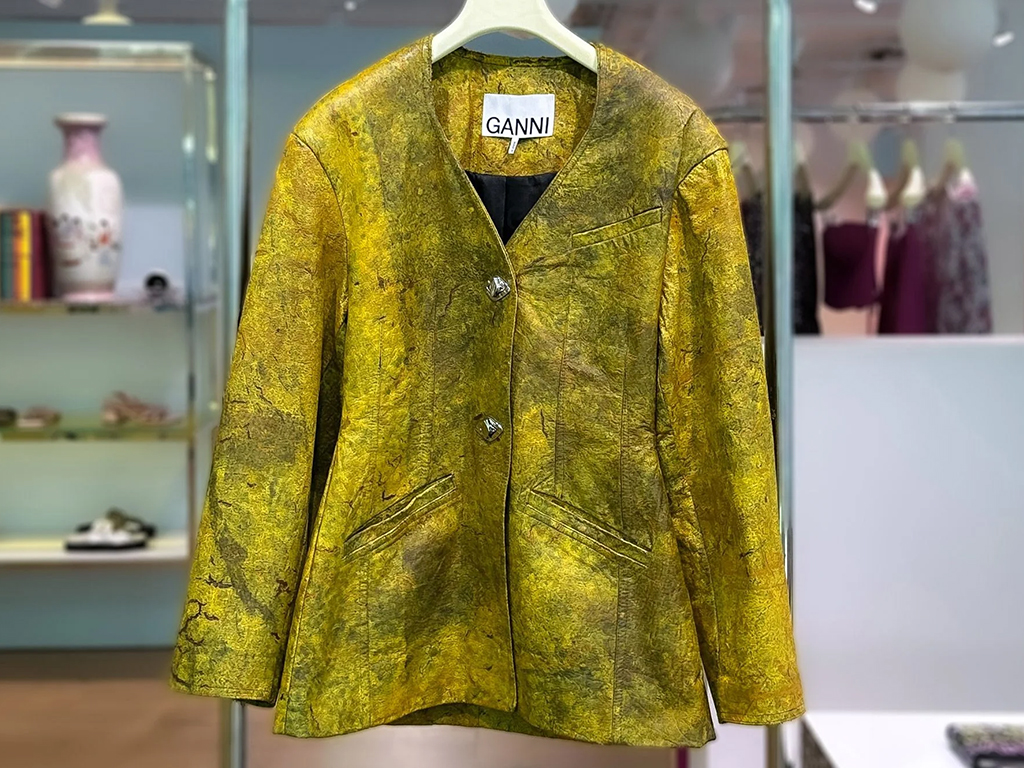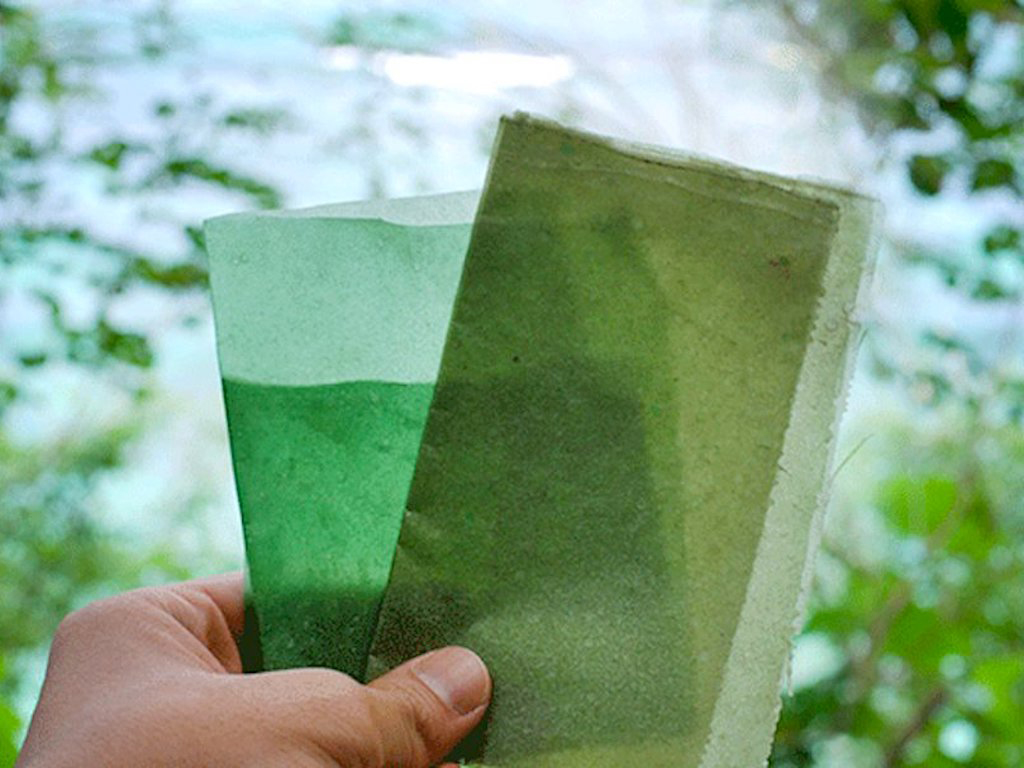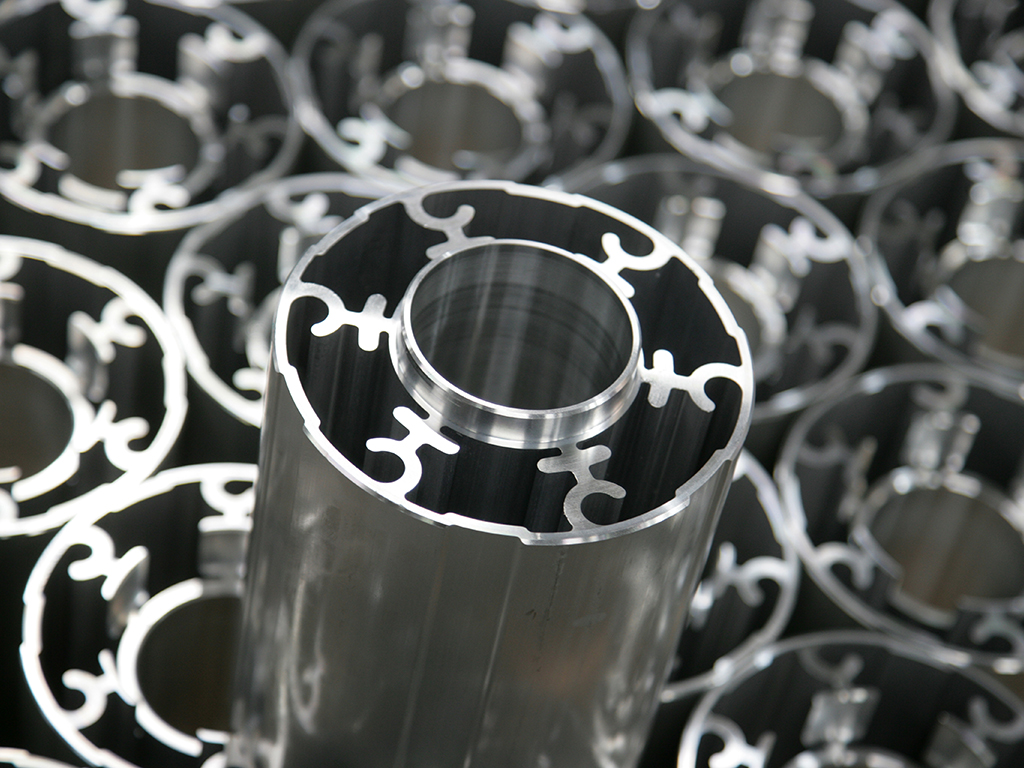The feedstock for UBQ is household waste, which is largely comprised of organic materials – everything from food residues and mixed plastics to cardboard, paper, and even dirty diapers, that would have otherwise been sent to landfill or incineration. Metals and minerals, which have high recyclability, are removed and sent over to traditional recycling streams. UBQ’s waste conversion technology breaks down the organic matter into its basic particulate constructs—lignin, cellulose, fibres, and sugars—and then reassembles them into a matrix. Residual plastics present in the waste stream melt and get mixed into the matrix to create a homogeneous and consistent composite thermoplastic material. Image UBQ.





































































































































































































































































































































































































































